The Packard Piano Enters the Market
Work progressed rapidly on the development of a piano following the end of the World’s Fair in 1893, and during May 1895, the president of the company visited the Musical Courier to make the following announcement:
Mr. A. L. Bond, of the Fort Wayne Organ Company, is here to-day and informs us that the Packard piano his company has begun to make (that is, scales, patterns, &c., are ready) will be ready for the market on or about September 1. The high character of the organs made by the company will be imitated in the piano, which is to be an instrument made to appeal to the better musical taste and to find a place among those dealers who appreciate good goods.
The men who constitute the Fort Wayne Organ Company have always been inclined to cater to the best elements in the trade and they are not entering the piano trade on any basis different from their original one, which has always been high-class.
This was quickly followed by the following article in the local newspaper:
People who are inclined to be pessimistic in their views, will be interested to know that the president of the Fort Wayne Organ company has confidence enough in future business prospects to have secured from some of the most noted piano factors in the country, several highly skilled piano makers, who are now at work in this city perfecting a piano that it is hoped will stand in the same relation to popular favor in the piano field that the justly famed Fort Wayne organ occupies to the organ trade. No one who has noted the remarkable growth in popularity of the Packard Organ, will doubt the successful fruition of the hopes of those now engaged in this new project. It is, of course, to[o] early to attempt a description of the Fort Wayne Piano; but it will be of great interest to the general public to know in these days when we are just emerging from an era of business depression, that this great manufactory has in view the widening of its business and the possibly great increase of its manufactured output.
By the end of the year, the company had produced a piano that it placed before large piano dealers and music critics with the intent of having it evaluated. A quote from the Musical Courier that appeared on the front page in the local newspaper, The Fort Wayne News, on September 8, 1896, read:
The Musical Courier, of New York, under date of December 11, 1895, writes:
“Again does the west step forward into the piano arena with another candidate for musical honors in the shape of a highly successful piano made under the auspices of the Packard people, known as the Fort Wayne Organ Co. The piano is to be known as the organ is known, viz: ‘Packard’ being its name, and it is the result of a long deliberation, many months of experiment and a conscientious effort to give the better class of trade a piano endowed with musical qualities and such methods of construction as are consonant with modern scientific piano making.
“The ‘Packard’ Piano set here for inspection and test is one of a first lot produced, and its appearance at once indicates taste in case construction, the design and style being of a superior order. The tone and touch also immediately impress the player and expert with the fact that the ‘Packard’ is to be another honorable addition to American piano-making, for it is as a musical instrument that it will figure, and not merely as a piano in name only.
The scale is a complete success from all points of view. It is a resonant, full, rich tone that emanates from it. It possesses a beautiful singing quality, a middle register with striking and elegant song to it. A treble brilliant and crystalline and a powerful bass.
Following the success of early reviews, production and advertising began to ramp up. Within just a short time the company released a large presentation catalog featuring three case styles (Fig. 11a &b). This early presentation catalog has all the appearance of being their first major offering. It measures 9½ by 12 inches and is bound by a red cord. The print is in dark red while the illustrations are muted black. The cover is beige with embossed printing and the pages are spacious in their layout. While only showing three case styles, the last page indicates that more and larger are on the way.
Another significant move was made in announcing that pianos could now be bought direct from the factory:
Hereafter, the Packard Piano will be sold at retail in this city by the manufacturers direct, thus enabling purchasers to buy a strictly first-class piano without its passing through the hands of…agents, and thus not only saving a considerable sum of money…but also securing the instrument with the maker’s guarantee, direct from the factory, and without having been shipped and handled and knocked about as is the case with pianos bought from the commission dealer in musical merchandise. Another offer made by the manufacturers of the Packard Piano is that the buyer may visit the factory, see the styles of instruments made, select any style in stock, or leave his order for a special combination of points to be manufactured for him especially. The advantage of this arrangement…means that the party who buys a Packard Piano may choose one exactly to suit his fancy in all respects, be it a question of style of case, kind of wood, character of action, or elaborateness of finish.
While the above article did not mention it, the company was apparently planning on opening a retail outlet in the business district of Fort Wayne at the corner of Calhoun and Washington streets (Fig. 12). This article, “Sweet Music,” appeared on the front page of the Fort Wayne Daily News on November 14, 1896:
This afternoon…occurred the grand opening of the new music store of the Fort Wayne Organ company, for the display of the exquisite goods of the local factory. This is the first time in the history of the concern that an establishment devoted exclusively to the product of the Packard Piano and Organ manufactory has been open to the public, and the occasion has been one of much local interest, attracting hundreds of admiring visitors.
The display consists of some twenty-five or thirty beautiful Packard Pianos and Organs, showing the various grades and exhibiting many tasteful and elegant styles in cases.
A somewhat sensational feature of the exhibit, and one that attracts marked attention, is a self-playing piano, manufactured, like all the others, in this city… The effect of seeing a self-playing piano, the keys responding to a hidden power and producing fine melody without the aid if human hands, is weird and startling, but intensely interesting all the same.*
[*This is an intriguing mystery. The first practical player piano unit, the Pianola, is credited to Edwin Votey. While he developed the first working model in 1895, and was testing prototypes in 1896, it was not commercially available until 1898. The implication in this article is that Packard had developed or had access to a player unit of some kind. Or was Packard a test site for the prototype?]
According to the same article, each lady attending was given “a souvenir of the auspicious occasion.”
In conjunction with the grand opening, there were a series of organ and piano concerts held at the store. When the fourth concert was held on Saturday, December 12, The Fort Wayne Journal-Gazette concluded, “These concerts have become very popular and it is to be hoped the Fort Wayne Organ Company will continue them.”
When the store opened, the signage listed both organs and pianos for sale (Fig. 12). Later, pianos appear to have been emphasized with an illuminated sign even before organ production ceased (Fig. 13).
Even though the Packard Music House had displayed a self-playing piano when it opened in 1896 and did sell the Pianola unit when it became available, The Packard Company did not market a player piano of its own until late 1908. The earliest ad I could find for a Packard player piano was advertised in the Oregon Daily Journal of Portland, Oregon, on August 30, 1908, page 14.
Strangely in Fort Wayne, the Packard Music House did not advertise the company’s player piano in local newspapers until the first week of November (Fig. 14). Players first appeared in company catalogs in the 1909 edition.
As the technology evolved and the popularity of player pianos increased, the variety Packard offered also increased, both in case designs and player actions.
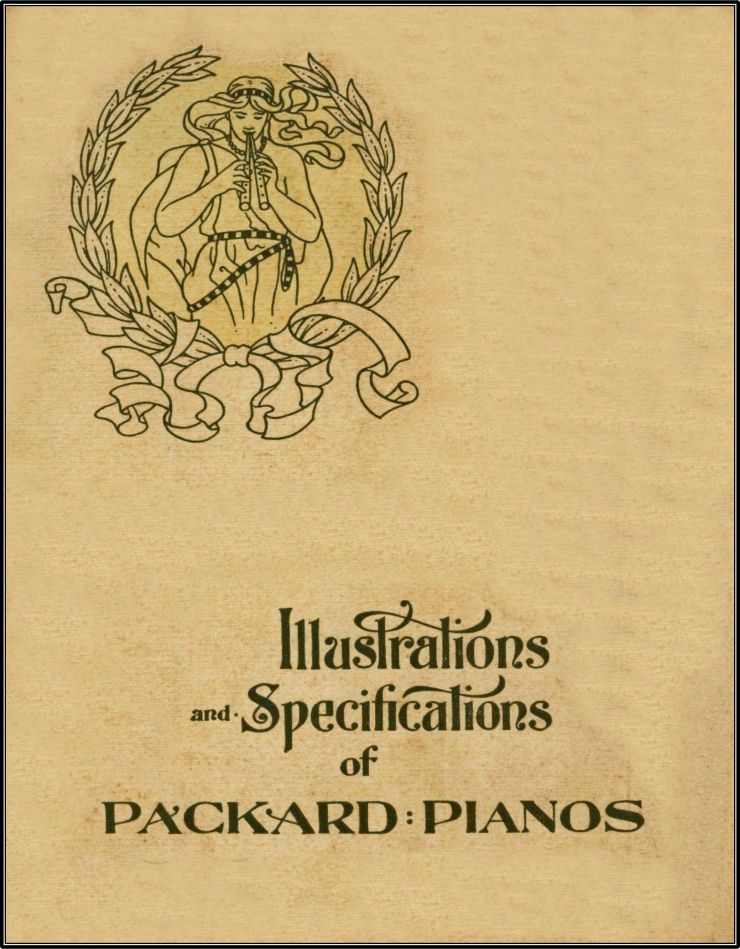
Fig. 11a. 1896 Presentation Piano Catalog Cover
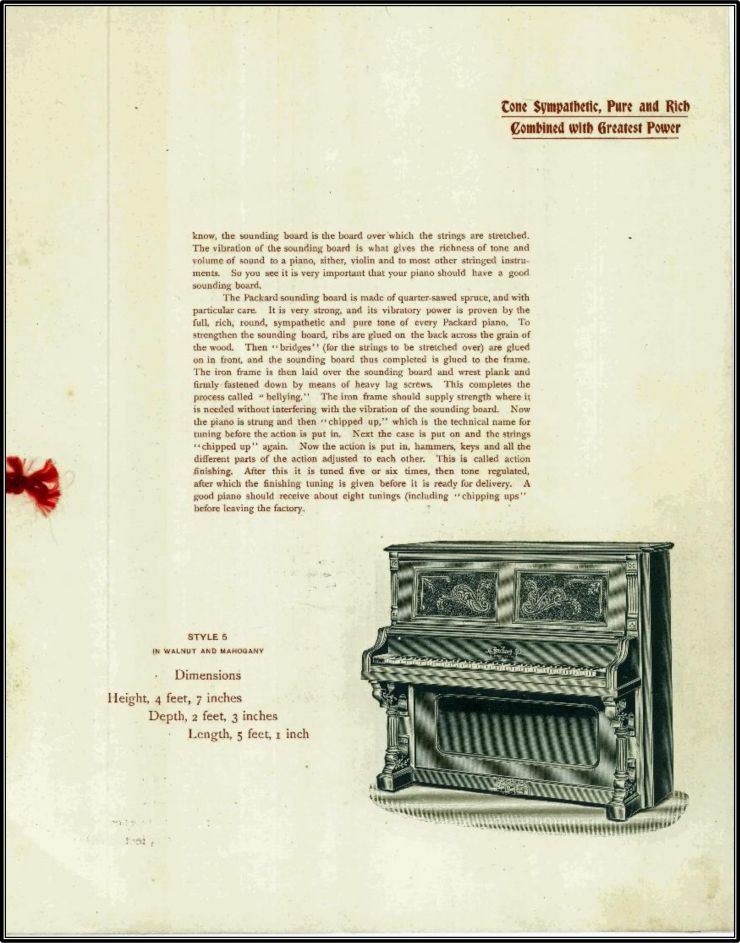
Fig. 11b. 1896 Presentation Piano Catalog Style 6
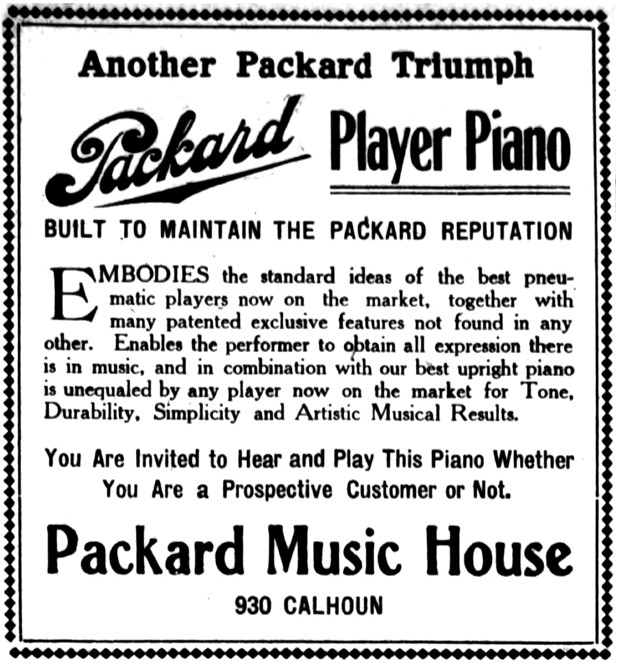
Fig. 14. Local newspaper ad featuring the new Packard player piano.
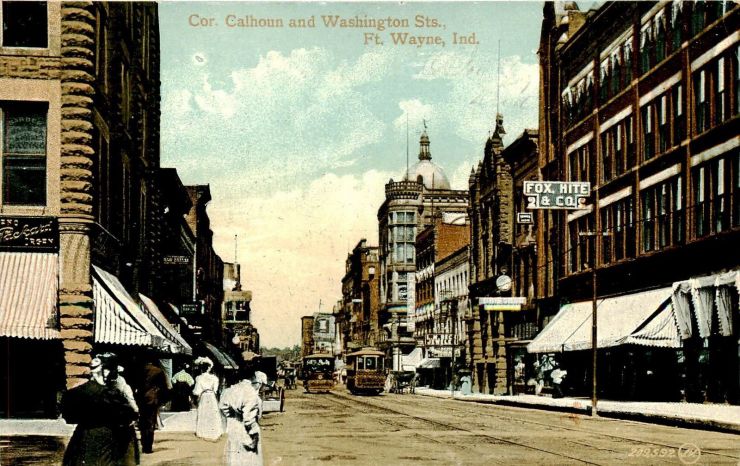
Fig. 12. ca. 1905 Postcard of the Packard store - left corner
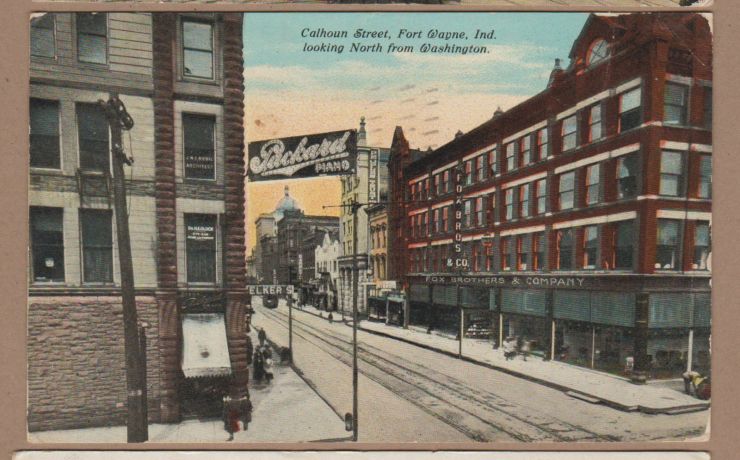
Fig. 13. Postcard of the Packard store, 1910 postmark
